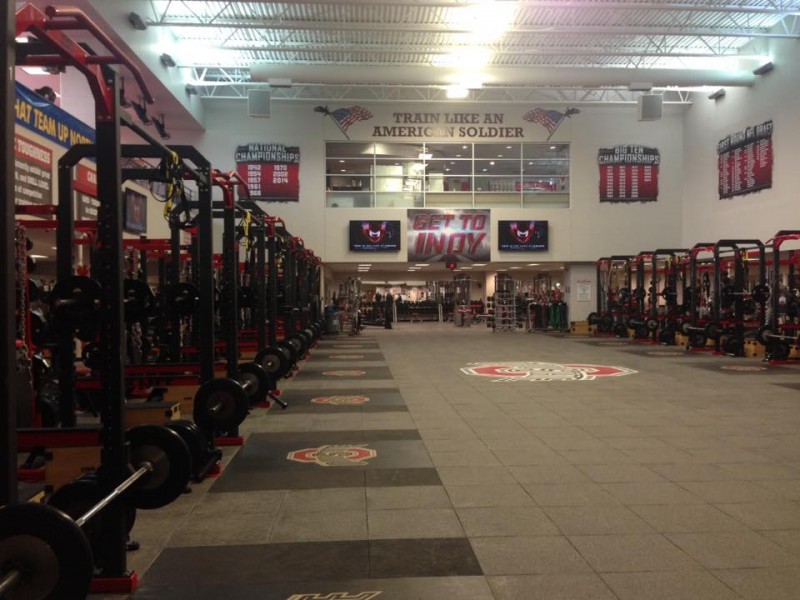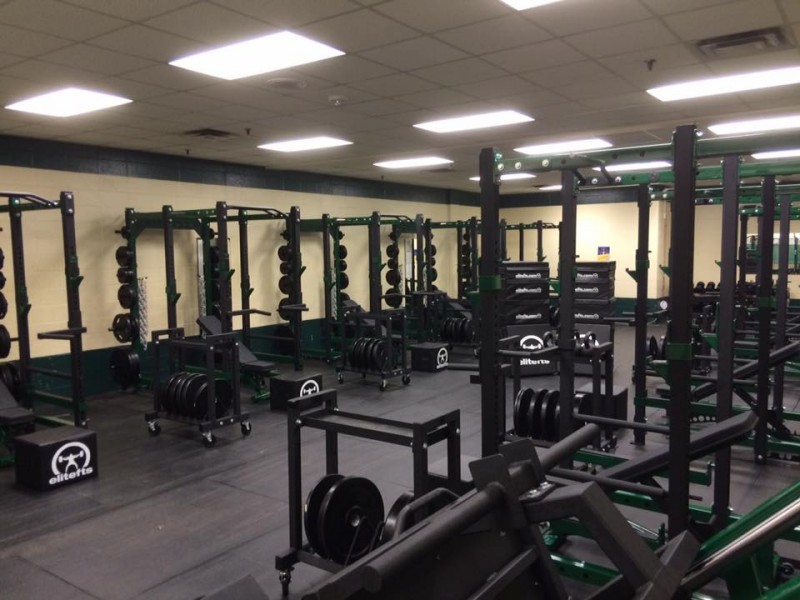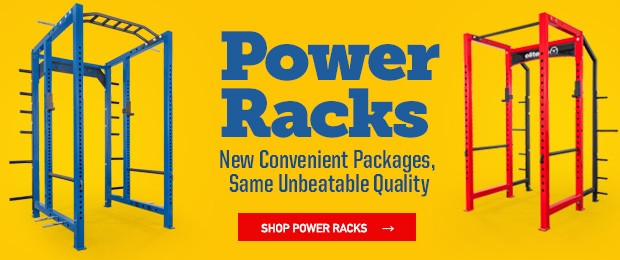
One thing I've learned over my almost 20 years of coaching is that programs come and go, but the basics are, and always will be, awesome. I remember the first time I walked into a real weight room. It was the late 1990s and very few people had cell phones. I'm positive that my car didn't have airbags. It was a scary time. Then I walked into Pitt Iron Works and Buddy Morris said, "Welcome aboard" and walked away (he didn't speak to me again for six weeks). I just sat, watched and tried to understand what was happening around me. This was the beginning of my education in training.
When I first started working for Buddy, I thought that we would be forever doing what he was doing. When you're 22 years old, you think that everything will stay the same forever. I would take home Louie articles or reread The Poliquin Principles and hope I'd have it all figured out soon. Then as time passed, I realized that things were always going to change.
I remember discussing conjugate training and concurrent training in the 1990s. Then I was introduced to the tier system by Joe Kenn. Then block periodization was the answer. Then Yosef began releasing more unknown books and 1 X 20 became the answer. Somewhere around this time, Jay DeMayo started saying words that I had to look up to understand. If all you did was Google the words I just said, you would have a good understanding of training.
RECENT: Using Velocity-Based Training Dynamically
For the record, I've learned at least five things from each of the programs and people I just wrote about, and I also know that I still have a ton to learn. Programming is a very complex issue and there isn't any right answer. If your program works for you, stick to what you're doing. If not, re-examine what you're doing and move forward. As I see it, the problem is that collegiate athletics doesn't have time for your ideas. What I mean by this is that you can have the holy grail of training programs, but if it doesn't fit your job, it isn't any good. Let me give you some examples.

Les Wexner Football Complex
When I arrived at my current job, I had three husker racks (the worst rack ever made), three half racks with platforms, dumbbells ranging in weight from 5 pounds to 150 pounds, four glute ham raises and a terrible knockoff of the reverse hyper. Let's say I wanted to do squats with a team. I had six stations, three of which were questionable with regards to safety, so very little else could be done in the room while those six athletes were squatting. One way I solved this problem was by using a lot of hub and spoke work. If you aren't familiar with this concept, basically the athlete does a superset where one exercise is the hub and the others are the spokes. So you could squat and do dumbbell bench and then squat and do pull-ups. You repeat this for six sets of squats and three sets of pull-ups and dumbbell bench. Now, this example wouldn't have worked in my original setup because I had nowhere to do pull-ups when someone was squatting, so I had to be innovative with our programming. The lesson here is that when programming for any team, the first thing a coach should ask is what type of facility he'll be working in.
Time issues are another major issue in collegiate athletics. We have anywhere from 45 minutes to one hour to train our teams. I always have young, eager strength coaches who have memorized everything Eric Cressey ever said and know how to warm a team up like no one else on the planet. The problem is that after the 10 minutes of mobility work, five minutes of pre-work, three minutes of core work and a three-second iso plank with a deep breath, our time is up and we need to train another team. So how do we warm up a team and move forward without wasting all our time? Here is one solution that I use.
We do all our warm ups in a circuit fashion. Our weight room is 1900 square feet, so when 30 football athletes are in there, it's tight. We make three groups of ten. Group one does 10 goblet squats, group two does unilateral farmer's walks and group three does band pull-aparts. Then we rotate. This is just an example and demonstrates how we are able to get some work in and save a ton of time. I know some readers are thinking, "What about thoracic spine mobility?" What about it? Do it if you feel that your team needs it (they probably do). The lesson on programming here is find a way to accomplish your warm up in a short period of time (think outside the box).
Vincennes Lincoln High School
I'll address one more programming concern—how to do all the exercises the athletes need because they need everything. Many will loathe the answer. Stop trying to be perfect and start being better. Everyone wants perfection, but guess what? You'll rarely see perfection. I love watching Dimas lift, but none of his lifts were ever perfect. If they were, he wouldn't need a coach or training partners. Casey Williams squatted 810 pounds raw and then realized that he had to reinvent his squat because it was far from perfect (I'm sure it's perfect now).
Find wins in your programming. If an athlete can't squat, use a high box or a goblet squat, but make sure he still squats. Too often we want to stop someone from walking because he pronates too much. This is nuts. We have to work with the athletes where they are. If they're struggling, find the wins that you can in your program and move forward with that. The lesson here is to find the variations that work for everyone to make them better and more successful.
When thinking about a team's program, the movement patterns of the sport probably won't even enter my mind until a week into the thought process. Deal with the human and then address the sport. Train movements, not muscles, and make the athletes better at training. The reality is most of your athletes aren't the best in the world, but they probably need to learn to train.












Thanks for the kind words. I think the important thing is to stay in our lanes. While doing this make sure we keep an eye on our mirrors but remember our lane is what we need to be driving in. I think too often we (yes me too) forget the lane we need to drive in and worry about the others.